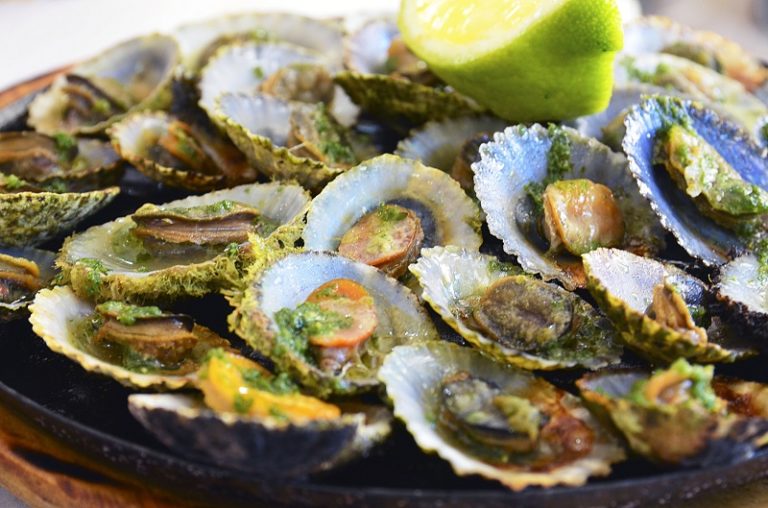
Limpets are among the most abundant and familiar features of the world’s coastlines.
They are perhaps most famous simply for their ability to cling onto rocks. But they may prove an unsung hero of aquaculture, according to a new study.
“Limpets don’t get the respect they deserve,” said Dr Louise Firth, Associate Professor of Marine Ecology at the University of Plymouth in a paper published in the International Review of Environmental History. “I felt that it was high time someone flew the flag for limpets to celebrate both their past and present importance for humans.”
Her study attests to the important role limpets have played in past and present coastal heritage and food culture globally. The earliest known evidence of limpets being consumed by humans dates back 164,000 years to a cave in South Africa. They were subsequently eaten by civilisations including the ancient Greeks, Romans and Vikings, more recently featuring in the diets of Caribbean slaves and indigenous populations in Chile and British Columbia.
In modern times, they have been widely considered as ‘famine food’ – as captured in narratives from the Irish potato famines and Highland Clearances of Scotland – with people relying on them in the face of hunger and destitution.
But limpets have played a significant role in global culture, medicine and innovation. In medicine, limpet proteins are increasingly being used as part of research into the treatment of bladder cancer, atopy and asthma, and autoimmune diseases such as Lupus. They are also influencing research into next-generation technologies, with the ‘teeth’ of limpets known to be composed of goethite – the strongest material known in nature – and, as a result, resistant to abrasion.
From an environmental perspective, the study says, limpets are the champion grazers of our coastlines and have been widely shown to have an important structuring function on rocky shores.
But are they a potentially sustainable food source?
The Marine Conservation Society’s Good Fish Guide rates limpet’s as ‘best choice’, meaning it is sustainably caught or responsibly farmed seafood. Slipper limpets are underutilized and abundant on the Fal oyster beds in Cornwall, it states.
Limpets are a potentially sustainable food source but only if farmed and not collected from natural habitats, according to Firth. “The critical thing is that the ones in the wild need to be left alone,” she stressed. “I don’t know about the feasibility of this in the UK or even Europe as our species are quite long-lived and to get them to the sizes desirable for human consumption might be unfeasible in culture facilities,” she said. “Bottom line this needs more research.”
Limpets are low on the food chain, she explained. They are grazers and browsers, so eating them is better than eating top predators. “If they could be cultured, they only need algal biofilms to feed and this would be provided by the water. It would naturally form in the tanks. So from a cost/feeding perspective, that’s a gain.”
Meanwhile, limpets are eaten in many formats; grilled in their shells, the meat then mixed in with sauces or pastas (like clams) and chopped up. “I have heard from one colleague in China that tinned limpets are actually more expensive than abalone,” said Firth, “so in some places they are not classed as poor man’s abalone, but even the opposite.”
Reference
The full study – What have limpets ever done for us? On the past and present provisioning and cultural services of limpets by Dr Louise Firth – is published in International Review of Environmental History, DOI: 10.22459/IREH.07.02.2021.01.